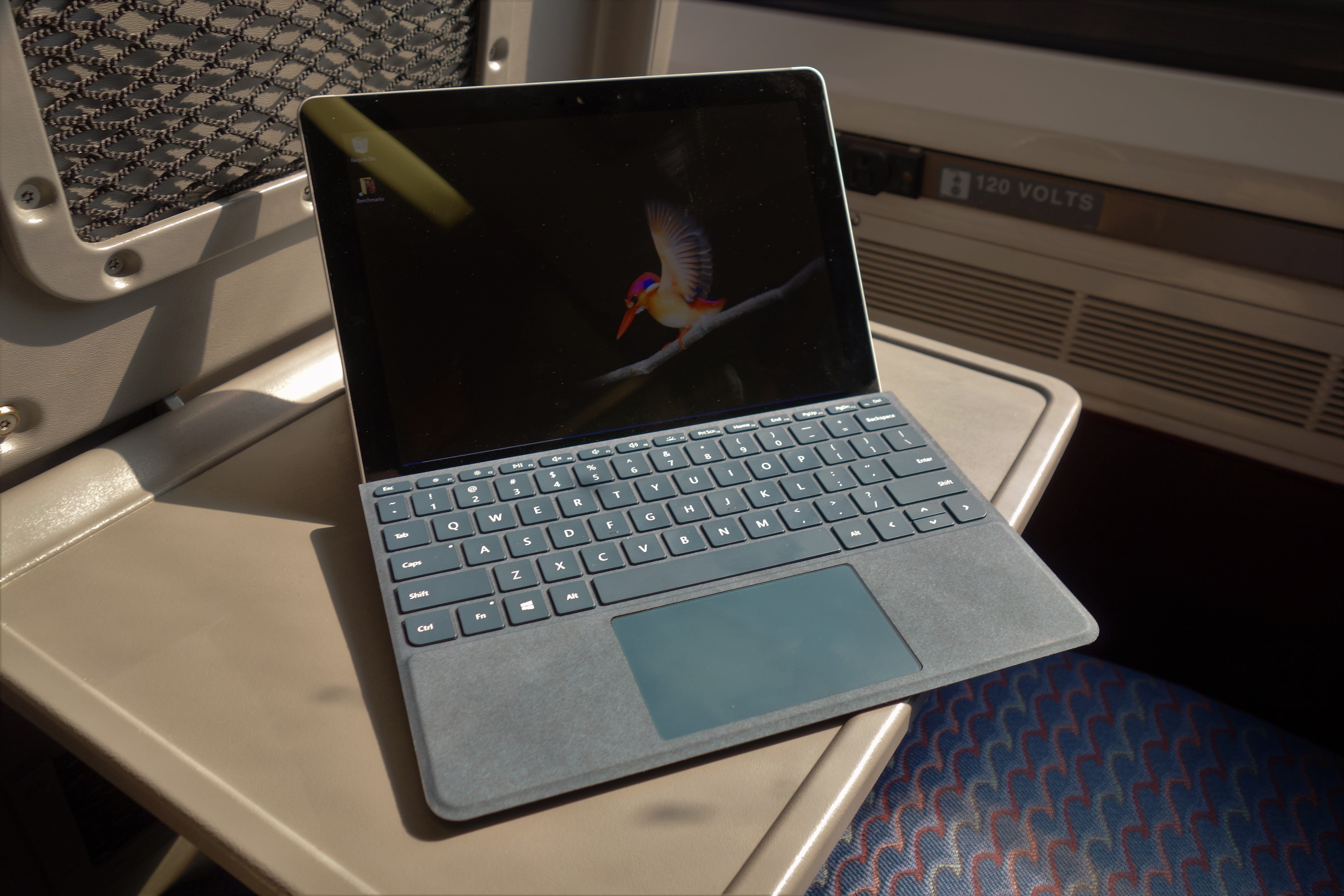
On the right side of the Go 2 are the Surface Connect port, a USB-C port, and the 3.5mm headphone jack. There’s an 8-megapixel camera on the back as well. The end result is a device that measures 9.65 x 6.9 x 0.33-inches and weighs just 1.2 pounds (1.22 pounds for the LTE model).Ĭentered above the screen is a 5-megapixel 1080p camera, along with all the necessary components to enable Windows Hello facial recognition for signing into the Go 2. Microsoft shrunk the bezels and moved some parts around inside to make room for the larger screen. The 10.5-inch PixelSense display is a half-inch larger than the previous model. In fact, they're even the same exact size, meaning if you're upgrading from the original Go and you already have a Type Cover or a case, it'll work with the Go 2. With the exception of a slightly larger display, the two devices are identical in design. If you're having a hard time telling the Surface Go 2 apart from the Surface Go, you're not alone. The Type Cover keyboard and trackpad combo adds $129 to the overall cost.

For $629, you get a Wi-Fi, Intel Core m3 processor, and 8GB/128GB configuration. Both configurations come with an Intel Pentium Gold 4425Y processor. On the low end, you can expect to spend $399 for 4GB of memory and 64GB of eMMC storage or $549 for 8GB of memory and a 128GB SSD.

There are four configurations of the Surface Go 2, ranging in price from $399 to $729. I've tried gaming on it, too, and while the results weren't always what I wanted, it is possible to do some. For the last week or so I've been testing the Go 2, using it as a tablet and laptop replacement, triaging emails, writing far too much, and catching my favorite Twitch streams.


 0 kommentar(er)
0 kommentar(er)
